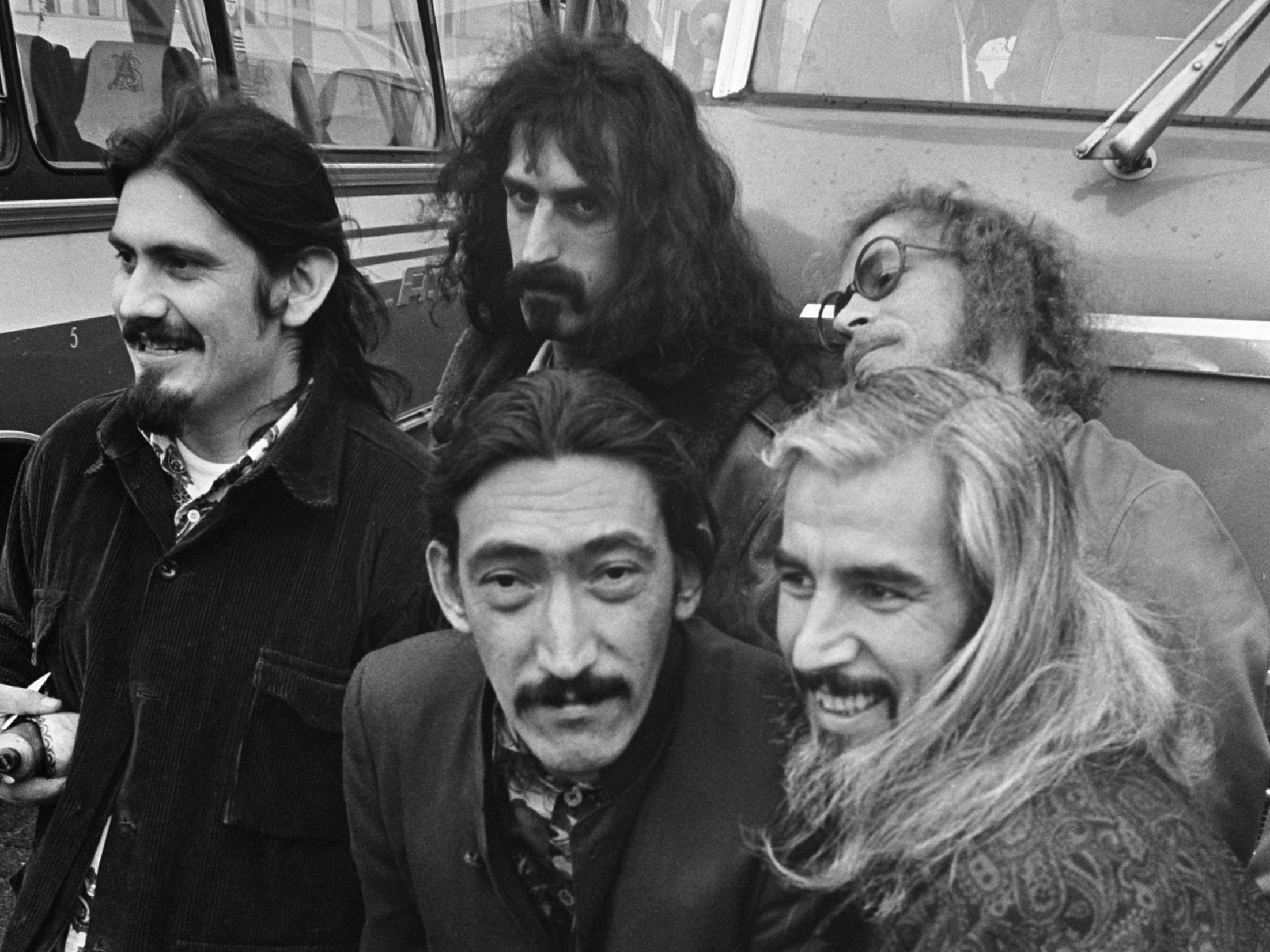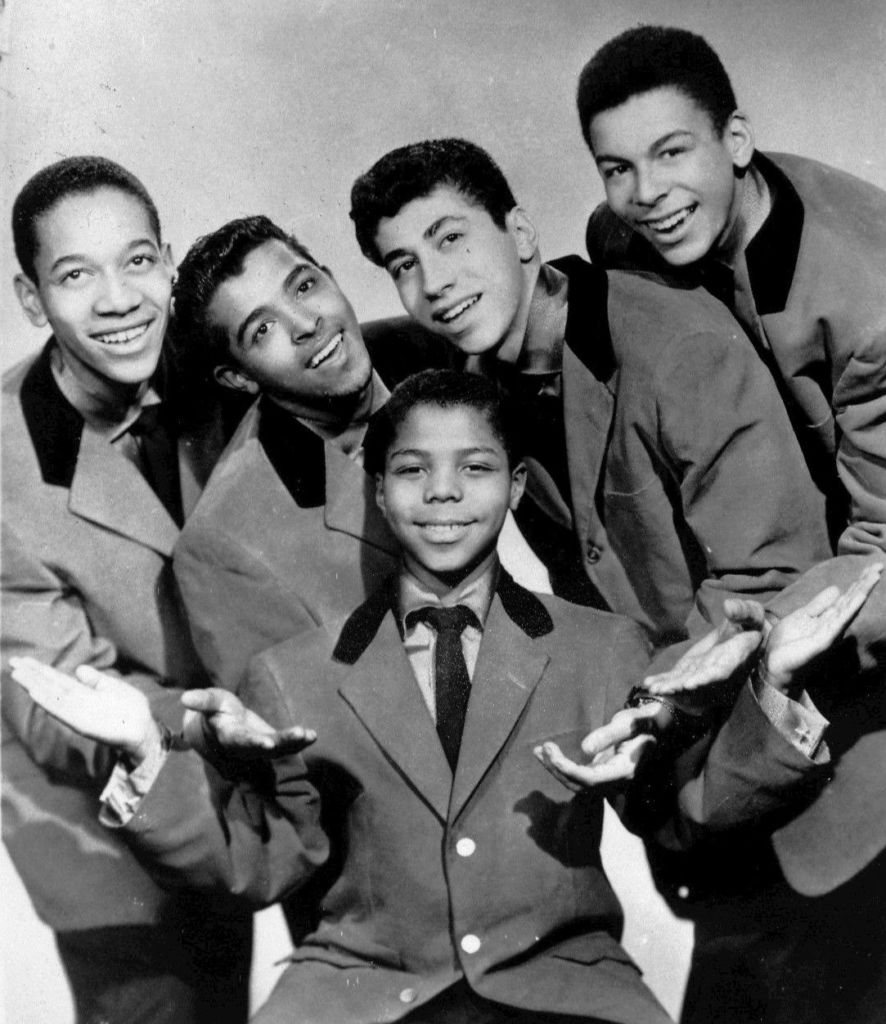There is no subgenre more influential in the acapella music scene than doo-wop, a style of singing that was developed in the 1940s by the United States’ African-American youth community. The style was primarily popular in the urban cities of the country, such as New York, Chicago, Detroit, and Philadelphia. Until today, doo-wop is still one of the most popular styles of acapella not only in the US but also in other regions of the world. What is doo-wop? And how is it different from the other genres of acapella? Let us find out as we take a look at its origins.
Origins
No one knows exactly when doo-wop was invented, but it was believed that it was developed after the Second World War by an energetic group of African-American teenagers who wanted to play or perform music without using instruments. Some of the first musical acts that were created to perform doo-wop were The Orioles, The Spaniels, and The Five Keys, and most of these groups write romantic ballads, which have lyrics that appeal to teenagers during the early 1950s.
Doo-wop is described by many as a subgenre of acapella that contains nonsense lyrics as part of the vocal harmony of the songs. It is believed that the nonsense lyrics were created as a way to emulate or copy the sound of instruments that are nonexistent in the genre.
The name of the style, “doo-wop,” was created when the song by the Delta Rhythm Boys titled “Just A Sittin’ And A Rockin,” became popular in 1946. The song contained the nonsense lyrics, “doo doo doo doo-wop,” and because that line became quite famous among doo-wop listeners in that period, the lyrics became synonymous to the style or subgenre itself.
Style and Influence
Acapella was a popular genre to perform amongst African-American teenagers, as most of them couldn’t afford instruments to play blues, jazz, or rock and roll. Doo-wop singers often schedule rehearsals on the corners of streets, empty lots, abandoned apartment rooms, or any other places that produce enough echo for them to hear themselves singing.
Doo-wop is said to have been influenced by choir or gospel music, which emphasizes the power of vocal harmony in each musical piece. However, the lyrics and topics found in doo-wop are more focused on the ups and downs of a teenager’s love life in the 50s. In addition, the later doo-wop songs were a way for the African-American youth to express their sentiments on the oppressive society in the United States.
Besides the African-American youth, doo-wop was also popular among Italian-American teenagers who have a similar social status to the black community in the 1950s. Much like African-American teenagers, the Italian-Americans learned how to perform doo-wop by singing in choirs first, and they soon develop their own style of singing doo-wop.
Despite being culturally diverse, most doo-wop singers were male, and having female singers in a doo-wop group is considered a rarity during the genre’s early years. However, there was one particular female doo-wop singer that changed the perception that the genre is supposed to be for males only, and that singer was Lillian Leach, the lead singer of the group called Mellows from 1953 to 1958.
Revivals
Although doo-wop never really faded out in the music scene, hip-hop and rap became two of the most favored music genres for the African-American community after the 1960s, thus preventing doo-wop from achieving endless success. However, doo-wop was still quite popular in bars and pubs around the urban areas like New York and Chicago, hence the reason why the genre never really went out of style.
On the other hand, doo-wop did receive several so-called “revivals” from the 1970s up to 1990s, when some musical acts began experimenting on other genres and discovered doo-wop by chance. One of the most popular doo-wop albums that have come out in the late 1960s was “Cruising with Ruben & the Jets” by The Mother of Invention, which was fronted by legendary musician Frank Zappa. The album was supposed to be a parody of doo-wop since most of the musicians that performed in the songs were not well-versed in the genre. However, the album became one of the most influential doo-wop albums in the 1970s, and it paved the way for doo-wop musical acts to get a spotlight in the music scene. The most notable doo-wop group that became popular in the 1970s was Sha Na Na, who is famous for performing at the Woodstock Festival in 1969.
Since then, there would be several doo-wop acts that will be successful in recording one of two hits in the 1980s to the 1990s. Doo-wop is still performed today, although the genre is more popular among collegiate acapella groups. In addition, certain elements of the genre are often incorporated in a few pop songs in the 2010s. One of the most notable musicians that still use doo-wop elements in his compositions is Bruno Mars, who is quoted saying that the genre has a special place in his heart since he started his career as a doo-wop singer when he was just a child.


